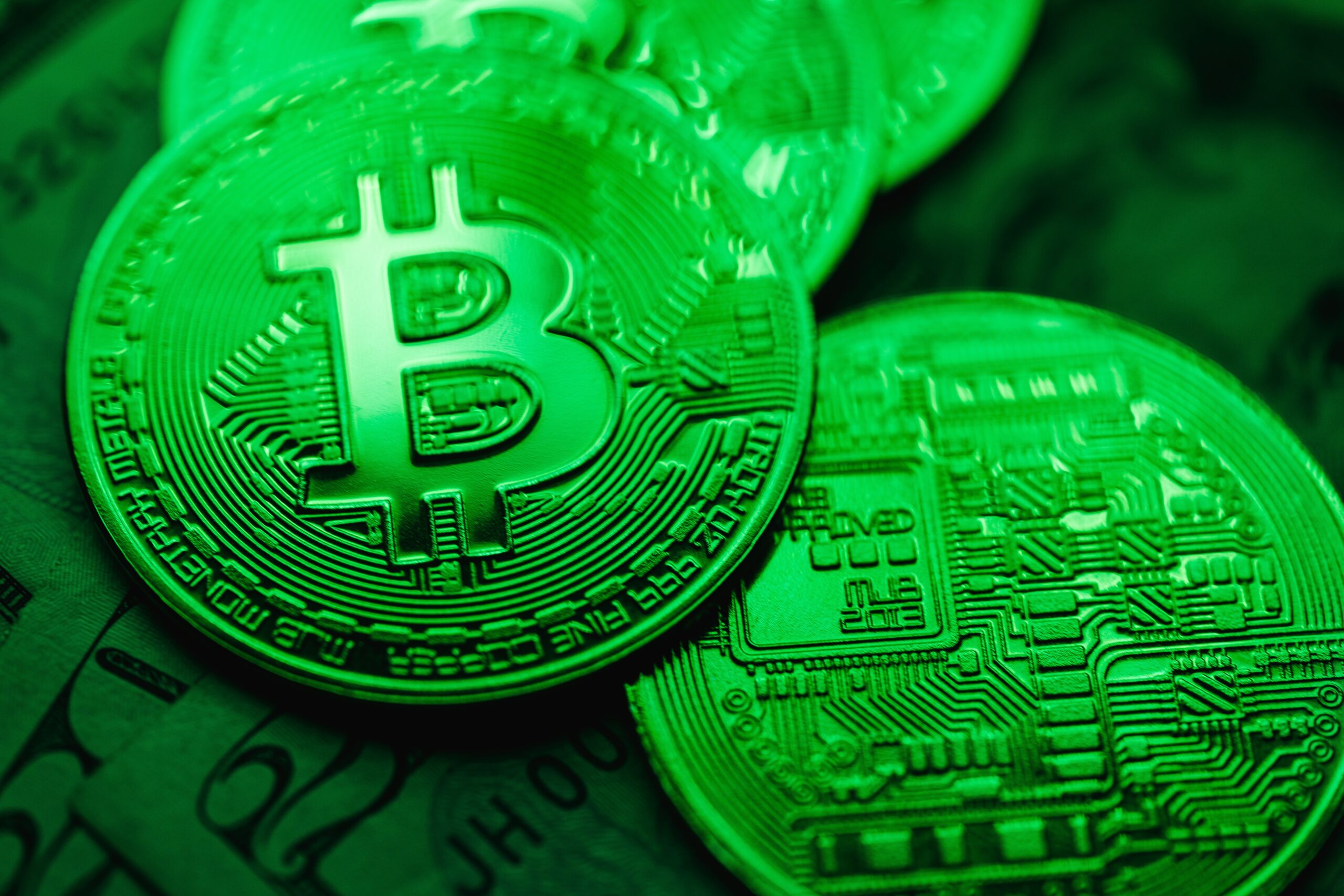In the past couple of years, we have all been a part of the cryptocurrency buzz created by people and the media. Bitcoin emerged as the top cryptocurrency that gained peoples’ attention, but there was another associated term that made many intrigued about this cryptocurrency. We’re talking about Bitcoin mining here. Everyone has heard that Bitcoin mining is necessary to validate the transactions on the network, but not many are aware of what it exactly is. If you’re a crypto enthusiast who wants to know more about the process, you’re at the right place. In this article, we’ve covered everything a beginner should know about Bitcoin mining. So let’s head straight to the points covered below.

What Is Bitcoin Mining?
Mining Bitcoins is the method by which fresh Bitcoins are introduced into circulation. It is also the method by which the blockchain network validates transactions and is a crucial part of the blockchain ledger’s development and maintenance. “Mining” is performed using advanced hardware that solves an extremely difficult mathematical problem that requires computation. The first computer to discover the solution is awarded another tranche of Bitcoins, and the process continues. The miner that gets the reward can either keep it in Bitcoin form or convert it into BTC to INR or any other fiat currency.
Bitcoin mining is arduous, expensive, and rarely rewarding. However, it has attracted many investors’ attention because it is a lucrative way for miners to earn the benefits of their work using cryptocurrency tokens.
The reward for miners is an incentive to encourage people to contribute to the primary goal of Bitcoin mining, which is to validate and track Bitcoin transactions, assuring the validity of transactions.
Things You Need to Mine Bitcoins
While individuals could be competitive for blocks using an ordinary personal computer at home at the beginning of Bitcoin’s history, this is no longer the situation. The reason is that the difficulty of mining Bitcoin alters with time.
To ensure that the blockchain is functioning smoothly and can process and validate transactions to verify it, the Bitcoin network is designed to create one block every 10 minutes or less. If, however, there are 1 million mining rigs trying to solve the hash problem of hash, it is likely that they will find the solution quicker than the situation where only 10 mining rigs work on the same issue. That’s why Bitcoin was designed to analyze and alter the mining difficulty every 216 blocks, which is roughly twice a week.
If there’s more computing power which is collectively used to mine Bitcoins, the difficulty of mining is increased to keep the production of blocks at a steady level. The less computing power means that the difficulty level drops. In today’s world of network size, the personal computer that is mining for Bitcoin will probably come up with no results.
Bitcoin Mining Equipment
All of this means that in order to compete with other miners serious miners would have to invest in powerful computing equipment, such as graphics processing units (GPU) or more accurately the Application-Specific Integrated Circuit (ASIC). They can cost anywhere from $500 to a thousand dollars. Some miners — particularly Ethereum miners, purchase their own graphics cards as a cheap method of combining mining activities.
Presently, Bitcoin mining hardware consists mostly of ASIC machines, which, in this instance, are specifically designed to only do one thing, i.e., mining Bitcoins. The current ASICs are several orders of magnitudes more powerful than GPUs or CPUs. They are gaining more isolating power as well as energy efficiency every few months when new chips are designed and put into use. The current generation of miners can generate nearly 200 TH/s, and just 27.5 joules per Terahash.
Participate as a Miner & Win Rewards
Now that you’re aware of the basic information essential to begin the mining journey, you start your journey as a Bitcoin miner and earn rewards.